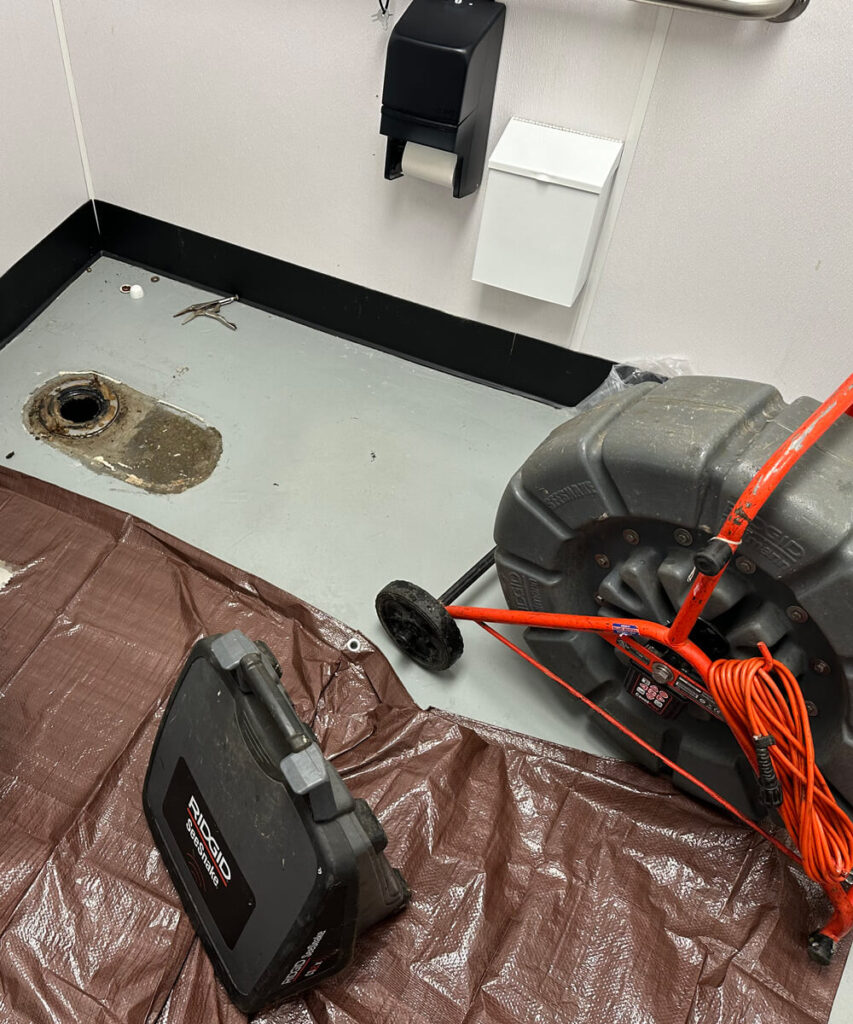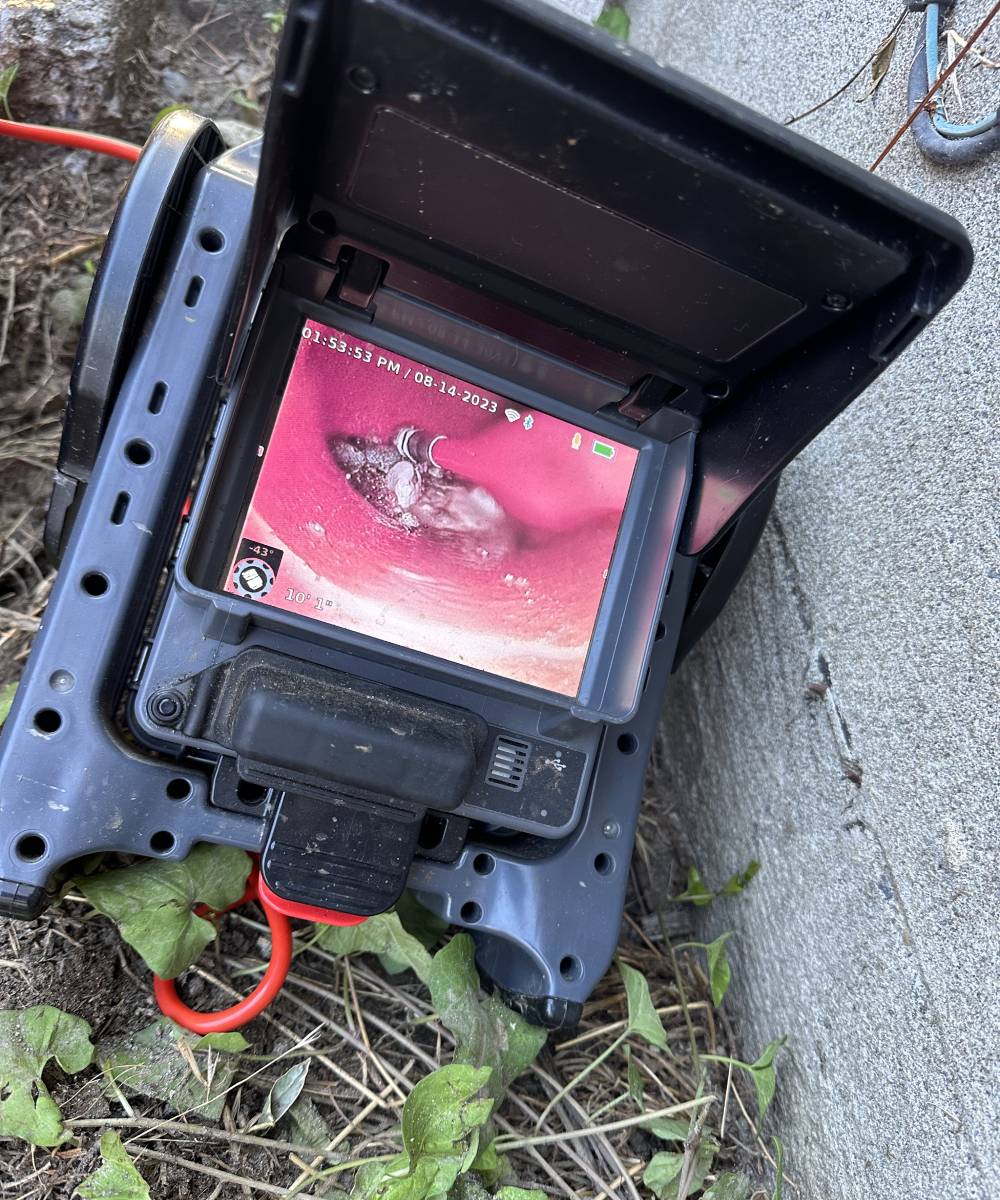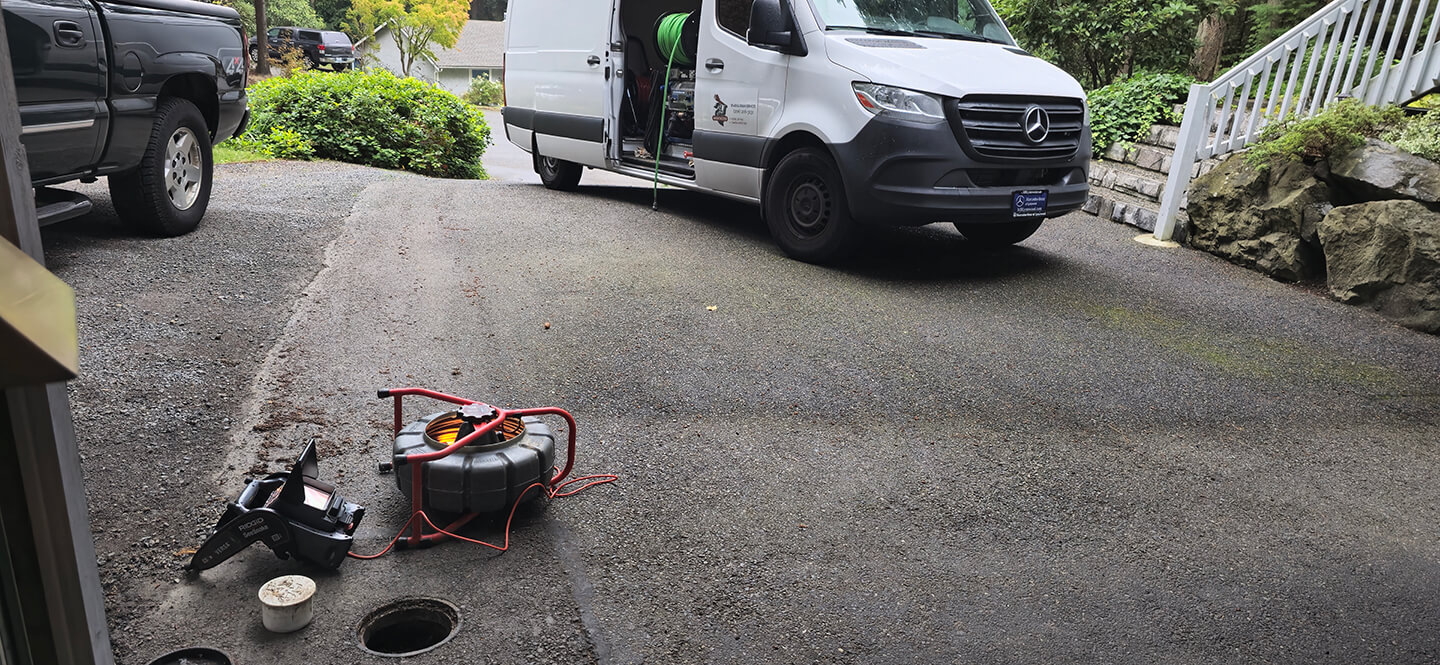Thermal imaging revolutionizes Seattle camera inspection by detecting temperature variations that reveal hidden sewer issues like leaks, blockages, and pipe damage. This advanced technology ensures precise plumbing diagnostics, saving time and costs for Seattle homeowners. For a deeper understanding of how thermal sewer inspections work and their benefits, continue reading below.
What Is Thermal Imaging and How Does It Work?
The Science Behind Thermal Imaging
Thermal imaging uses infrared technology to detect heat signatures, creating visual maps of temperature differences. In sewer inspections, thermal cameras identify variations caused by water leaks, blockages, or pipe damage. For example, a leak may show as a cooler area due to water escaping the pipe, while a clog might generate heat from friction. This technology allows technicians to “see” beyond the visible spectrum, making it a powerful tool for diagnosing sewer issues.
Integration with Sewer Camera Systems
Traditional sewer cameras provide high-resolution visuals of pipe interiors, but they can miss hidden problems like leaks outside the pipe or clogs in murky water. Thermal imaging complements these cameras by adding heat detection, creating a comprehensive diagnostic tool. Modern sewer cameras equipped with thermal sensors display both visual and thermal data, enabling technicians to cross-reference findings for accurate results.
Benefits of Thermal Imaging in Sewer Camera Inspections
Enhanced Detection of Hidden Issues
Thermal imaging excels at identifying problems invisible to standard cameras. For instance, a small leak seeping into the soil may not be visible but will create a detectable temperature change. This capability ensures no issue goes unnoticed, preventing minor problems from becoming major repairs.
Improved Accuracy and Efficiency
By pinpointing issues through heat signatures, thermal imaging reduces guesswork. Technicians can locate problems faster, often in a single inspection, saving time compared to traditional methods that may require multiple visits. This precision translates to quicker repairs and less disruption for homeowners.
Non-Invasive and Cost-Effective Diagnostics
Thermal sewer inspections are non-destructive, eliminating the need for exploratory digging. By identifying the exact location and nature of a problem, thermal imaging minimizes repair costs and preserves property integrity, making it a cost-effective solution for plumbing diagnostics.

Applications of Thermal Sewer Inspections
Identifying Leaks and Water Infiltration
Leaks often go undetected until they cause significant damage. Thermal imaging detects cooler areas where water escapes pipes, allowing technicians to address leaks before they lead to water loss, mold, or foundation issues. This is especially critical in Seattle, where wet conditions amplify leak-related problems.
Detecting Blockages and Clogs
Blockages create heat from friction or stagnant water, which thermal cameras can detect. Whether it’s grease, debris, or root intrusion, thermal imaging helps technicians locate clogs precisely, even in complex sewer systems, ensuring effective solutions.
Assessing Pipe Integrity and Structural Issues
Aging pipes or structural damage, like cracks or corrosion, can alter temperature patterns. Thermal imaging reveals these issues by detecting heat loss or insulation failures, enabling proactive maintenance to extend the life of sewer systems.
The Process of a Thermal Sewer Inspection
Step-by-Step Inspection Workflow
- Initial Assessment: Technicians evaluate the property and discuss symptoms like slow drains or odors.
- Camera Insertion: A thermal-enabled sewer camera is inserted into the pipe via an access point.
- Thermal Analysis: The camera captures visual and thermal data, highlighting temperature anomalies.
- Reporting: Technicians analyze findings and provide a detailed report with repair recommendations.
Equipment and Technology Used
Modern thermal sewer cameras combine high-resolution visuals with infrared sensors. These devices, paired with advanced software, display real-time data, allowing technicians to interpret heat patterns alongside pipe visuals. This technology ensures precise and reliable diagnostics.
Advantages Over Traditional Sewer Inspection Methods
Limitations of Conventional Camera Inspections
Standard sewer cameras rely on visual footage, which can be limited by murky water, hidden leaks, or external pipe damage. These methods may require multiple inspections or invasive digging to diagnose complex issues, increasing costs and time.
How Thermal Imaging Bridges the Gap
Thermal imaging overcomes these limitations by detecting heat signatures that reveal issues beyond the pipe’s interior. For example, a leak outside the pipe or a clog in opaque water becomes visible through temperature changes, making thermal inspections more comprehensive and efficient.
Why Choose KnightRooter for Thermal Sewer Inspections
For Seattle homeowners seeking reliable Seattle camera inspection, KnightRooter offers cutting-edge thermal sewer inspections. Our experienced technicians use state-of-the-art equipment to deliver precise diagnostics, ensuring your sewer system runs smoothly. With a commitment to quality and customer satisfaction, KnightRooter is your trusted partner for advanced plumbing solutions. Contact us today to schedule your thermal sewer inspection and experience the difference of innovative technology.
Explore More Resources
For more information on sewer line maintenance and repair, visit our service pages:
- Camera Inspection Everett
- Camera Inspection Edmonds
- Camera Inspection Seattle
- Camera Inspection bothell
- Camera Inspection Kirkland
- Camera Inspection Lynnwood
- Camera Inspection Woodinville
- Camera Inspection Snohomish
- Camera Inspection Bellevue
AFQ
1: What is a thermal sewer inspection?
A thermal sewer inspection uses infrared technology to detect temperature variations in sewer pipes, identifying leaks, blockages, or structural issues alongside traditional camera visuals.
2: How does thermal imaging improve sewer diagnostics?
It enhances diagnostics by revealing hidden problems through heat signatures, improving accuracy and reducing repair costs.
3: Is thermal sewer inspection available in Seattle?
Yes, advanced plumbing diagnostics, including thermal sewer inspections, are available for Seattle homeowners to address local sewer challenges.
4: How long does a thermal sewer inspection take?
Inspections typically take 1–2 hours, depending on the system’s complexity and issues detected.
5: Are thermal inspections more expensive than traditional methods?
While slightly more costly, thermal inspections save money by pinpointing issues accurately, reducing repair expenses.
For professional and fast drain cleaning Bothell, drain cleaning Seattle, and drain cleaning Bellevue, contact KnightRooter. Our team is ready to provide the best solutions for your drain issues.





No comment yet, add your voice below!